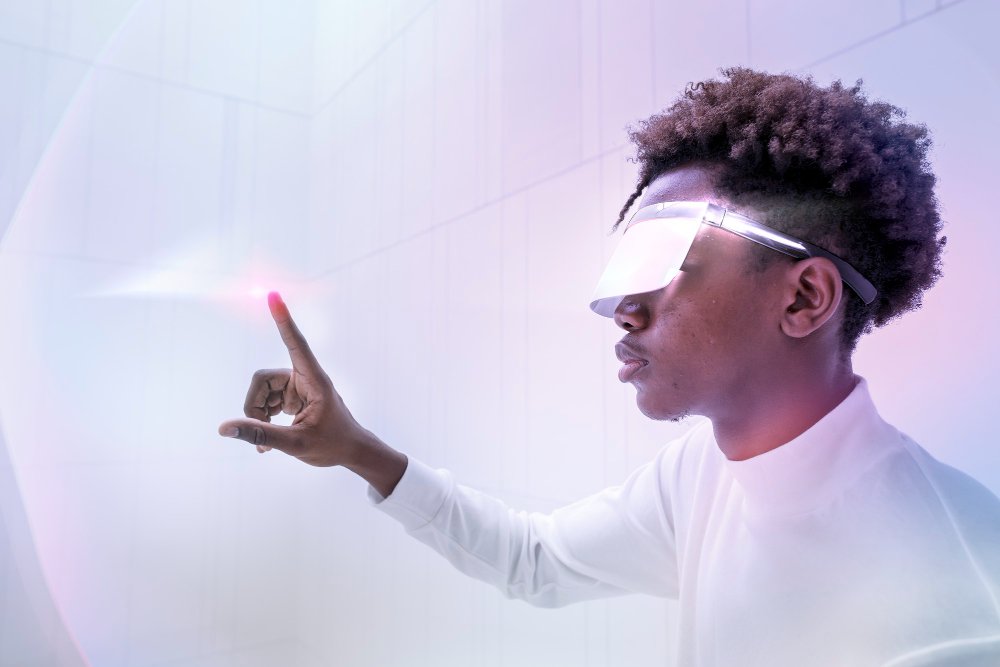Light therapy is based on a simple idea. It uses artificial light that imitates the natural light of the sun. For several decades, this therapy by light has helped restore biological and psychological balance. It is particularly popular in winter, when the lack of sunlight becomes noticeable. It is also known as phototherapy, a method that stimulates the body through light.
The principles of light therapy
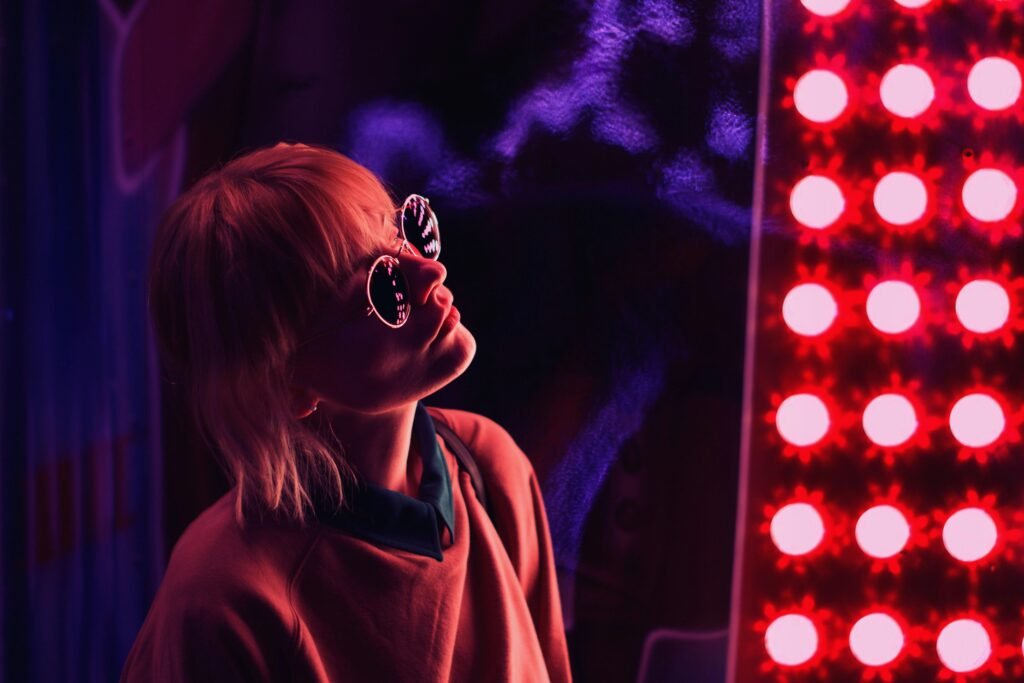
Light therapy is a therapeutic practice that relies on the use of light. This light passes through the retina and sends a direct signal to the brain. It acts on the production of melatonin, the sleep hormone, and serotonin, which influences mood and energy. By increasing serotonin secretion in the morning and reducing melatonin, artificial light reproduces the effects of sunrise. This mechanism explains the growing interest in a gentle and non-invasive method.
The functioning of light therapy is based on the internal biological clock, regulated by the circadian rhythm. This natural mechanism controls sleep, wakefulness, and several essential metabolic functions. When disrupted by a lack of light, it can lead to fatigue, sleep disorders, and mood variations. To correct these imbalances, regular exposure to a light therapy lamp proves to be a serious option, as it helps harmonize these cycles. Its effectiveness, however, depends on light intensity, measured in lux: the closer artificial light is to natural light, the more beneficial the effects. It reproduces the benefits of the sun and helps compensate for imbalances caused by a lack of sunlight.
Scientific studies also confirm that therapy by light directly influences hormonal regulation. It promotes balance between melatonin, the sleep hormone, and serotonin, involved in mood and energy. Thanks to this regulation, the body maintains better vitality and a more stable mood. When used properly, artificial light becomes a reliable and safe tool. Supported by numerous clinical studies, it is now considered a safe method to preserve biological rhythm and reduce the harmful effects of dark seasons.
The health benefits of light therapy
The benefits of light therapy manifest in several areas, especially during the darker months. It effectively combats seasonal depression and winter depression, which appear when days shorten and the lack of light affects mood. This light deficit often triggers a winter blues. By compensating for this deficiency, regular exposure to artificial light helps reduce low mood. And by stimulating serotonin, it supports emotional regulation, which translates into more vitality and a more stable mood.
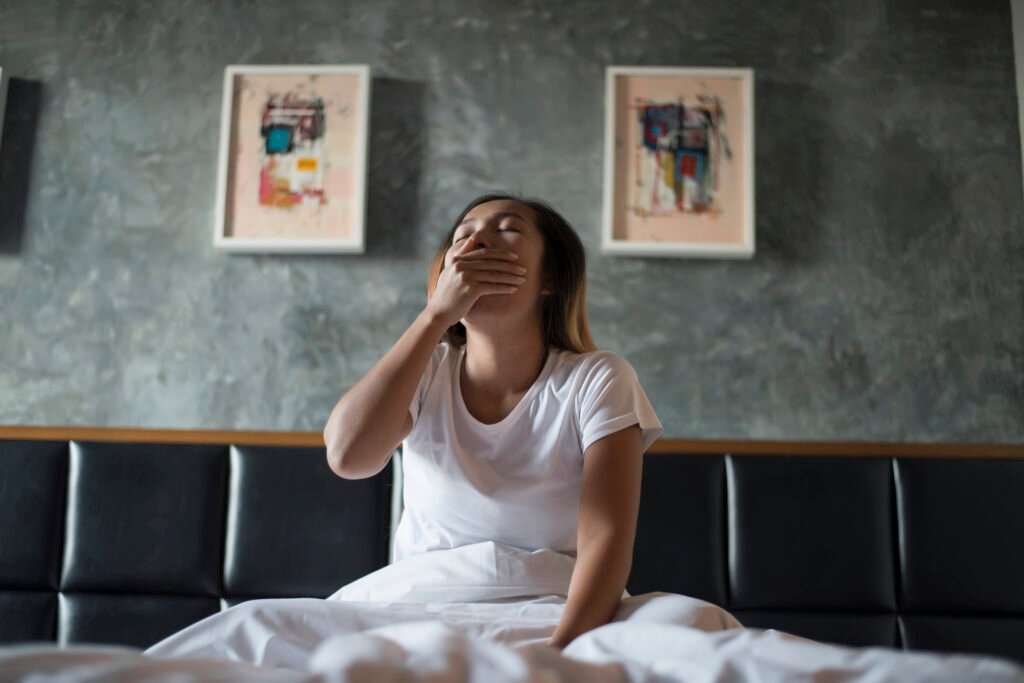
Chronic fatigue linked to winter is another field of action for light therapy. Sleep disorders, such as mild insomnia, are alleviated through regular practice. A light therapy lamp also helps restore the sleep cycle, promoting natural recovery and improving daily energy. This regained vitality provides real relief, even during long periods of gloom. Research also shows that it helps reduce stress and limit the fatigue that often accompanies the cold seasons.
Beyond these aspects, light therapy has a positive impact on overall health. It optimizes certain metabolic functions, supports psychological balance, and strengthens sleep quality. The use of artificial light therefore helps stabilize the body against seasonal changes. Its positive effects go beyond mood: they include increased energy, improved quality of life, and a reduction in winter blues.
When to use this treatment?
The use of light therapy applies to many everyday situations. It is particularly recommended for people affected by seasonal affective disorder. When winter sets in, the lack of natural light causes winter fatigue, low energy, and mood variations. In this context, exposure to artificial light helps compensate for this deficit and restore balance in the body. It therefore becomes a valuable support against depressive symptoms linked to the darker seasons.
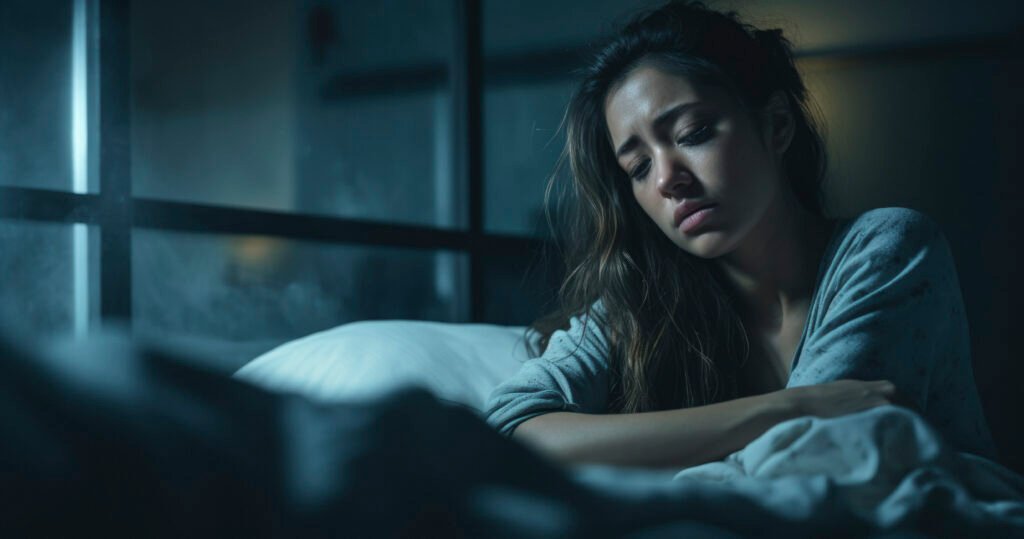
This method also proves useful in the management of sleep disorders. Insomnia, often worsened by a disrupted biological rhythm, can be reduced through regular exposure. Light stimulates the internal clock, promotes falling asleep, and improves the quality of nighttime rest. It also reduces daytime sleepiness, contributing to greater stability in daily life. Through its gentle action, light therapy stands out as a natural solution for maintaining cycle balance.
Other situations confirm its usefulness. Travelers use it to ease the effects of jet lag and restore a regular circadian rhythm. People exposed to a lack of sunlight, such as those working long hours indoors, also benefit from it. Similarly, some aesthetic treatments incorporate light to enhance skin radiance. These diverse uses show that light therapy goes far beyond combating seasonal depression, meeting a variety of needs.
How to practice light therapy?
Light therapy can be practiced with different devices adapted to individual needs. The light therapy lamp, which emits intense white light, remains the most common. It reproduces the effect of the sun and compensates for the lack of brightness in winter. Dawn simulators, on the other hand, mimic sunrise to facilitate waking. They provide a smooth transition between sleep and wakefulness, helping to better respect the biological rhythm. These solutions can easily be integrated into a daily routine.
For optimal results, practice must follow certain recommendations. The duration of exposure depends on the device’s power and the intensity of the light, measured in lux. In general, a session lasts between twenty and forty minutes. This regularity promotes internal clock balance and enhances the effects on mood and energy.
The choice of a light therapy device should also be based on quality and safety criteria. Well-known brands offer certified and reliable models. Some include an intensity dimmer or a timer to adjust exposure time. However, it should be noted that following the usage instructions ensures a safe experience and maximizes the benefits.
Therapy by light and current trends
Today, light therapy is no longer limited to medical uses. It is increasingly popular in the fields of wellness and performance. In some companies, lamps are installed to boost energy and reduce fatigue. This practice enhances concentration and improves employees’ vitality. It meets a growing demand to compensate for the lack of natural sunlight in closed environments. This evolution illustrates how light therapy adapts to modern needs.
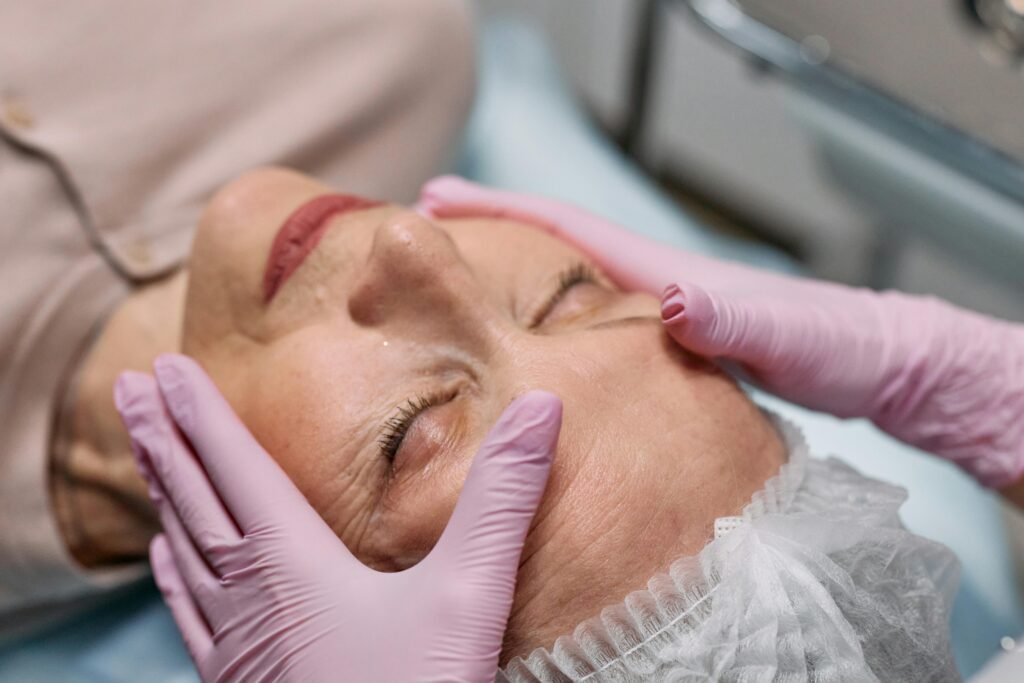
The beauty sector has also embraced this technology. Red LED treatments, for example, are used to stimulate collagen production and improve skin elasticity. They offer a non-invasive solution to slow down some signs of aging. These devices are gradually becoming part of beauty routines. Their effect on dopamine and psychological well-being also appeals to a wider audience, seeking vitality and balance in daily life.
Sports represent another field where this modern treatment is highly valued. Many athletes use light therapy to optimize recovery and maintain stable energy levels. Light exposure helps regulate biological rhythms disrupted by intensive training and stimulates the production of endorphins. This action strengthens the feeling of vitality and supports performance. These uses show that light therapy goes beyond the traditional medical framework. It has now become a true wellness trend and a performance tool for different lifestyles.
Light therapy now appears as a natural solution to the effects of lack of sunlight. It complements sunlight and reproduces its essential benefits for both body and mind. Its advantages range from regulating sleep to improving mood and supporting vitality. Considered a natural therapy, it offers a gentle alternative to antidepressants in some cases of depression. When properly used, it becomes a safe and effective treatment.

